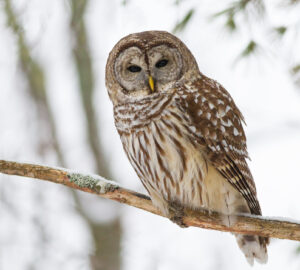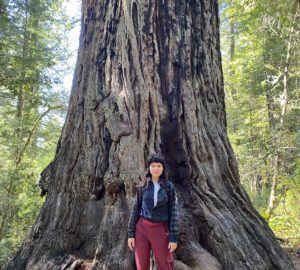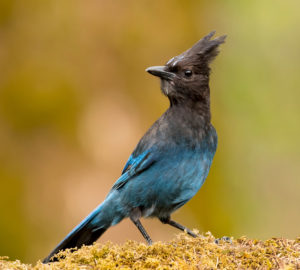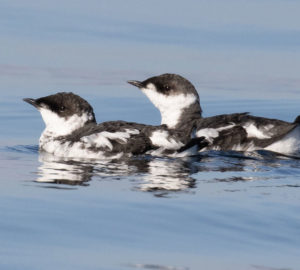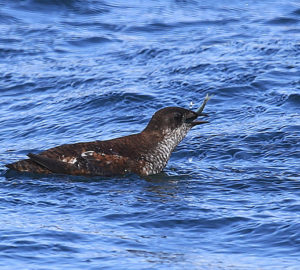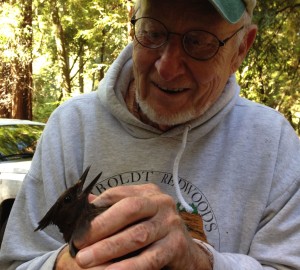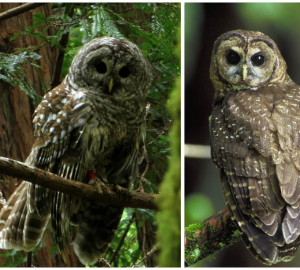In the gray-green dim of the redwood forest, a flash of blue ignites the dusky understory. A Steller’s jay alights upon a tanoak limb, chattering madly. The brightness of its feathers seems incongruous with the dark of the forest, a piece of the sky come to Earth.
But is the jay really blue?
On one hand, the answer is of course, yes. Colors are a function of our perception, and so if we see something as blue, then blue it is. After a closer look, however, it’s not so simple as that.
There are over 9,000 species of birds in the world, and the range of 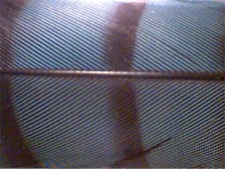 colors and patterns they exhibit in their feathers is extraordinary (even more so if you consider that many birds can see, and have feathers colored in, ultra-violet). These colors are formed in a couple different ways. The first, and most obvious, is pigmentation. Different types of molecules found in feathers provide the bird’s coat with many of their colors. These pigments can either be produced by the body, such as melanins (which darken feathers), and porphyrins (which provide a whole range of colors), or ingested with food as in the case of carotenoids (which gives flamingoes their pink and cardinals their red). These pigments can combine with one another to produce shades of color like the olive-brown of the female scarlet tanager).
colors and patterns they exhibit in their feathers is extraordinary (even more so if you consider that many birds can see, and have feathers colored in, ultra-violet). These colors are formed in a couple different ways. The first, and most obvious, is pigmentation. Different types of molecules found in feathers provide the bird’s coat with many of their colors. These pigments can either be produced by the body, such as melanins (which darken feathers), and porphyrins (which provide a whole range of colors), or ingested with food as in the case of carotenoids (which gives flamingoes their pink and cardinals their red). These pigments can combine with one another to produce shades of color like the olive-brown of the female scarlet tanager).
These pigments give birds many colors in the ‘warm’ end of the spectrum, but what about their cooler counterparts, the blues and greens? While as bright and vivid as any red or yellow feather, blue and green feathers are not hued as they are because of a pigment that gives their color, but because of the structure of their tiny filaments (there is one bird – the turaco – that has a green pigment, but that seems to be the exception that proves the rule). These filaments catch, absorb, and refract light, creating the greens and blues of many bird species as well as the iridescence of the gorgets (throat feathers) of hummingbirds.
Don’t believe me? Then find out for yourself. Get a jay feather – they’re not that hard to find, especially around campsites or picnic areas – and hold it up to the light. It will, unsurprisingly, look blue. Next, turn the feather around so the light is shining through the back of the feather. Without light shining directly at the surface of the feather, the refraction is lost and the feather ought to lose its blue color and (because of the melanin pigment) appear brown.

